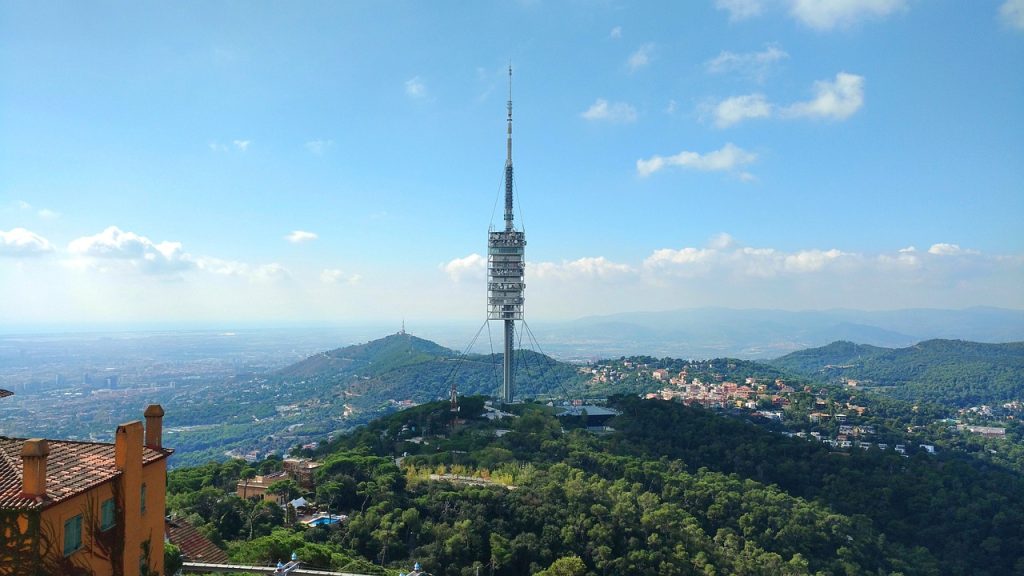
Collserola is a mountain range located in the province of Barcelona that serves as the city’s largest natural park. With an area of over 8,000 hectares, it represents the most important green lung in the Barcelona metropolitan area.
Main Features
- Maximum height of 512 meters at Tibidabo
- Over 8,000 hectares in extension
- Home to more than 190 animal species
- More than 1,000 different plant species
Points of Interest
- The Sacred Heart Temple at Tibidabo
- Tibidabo Amusement Park
- Fabra Observatory
- Collserola Tower, designed by Norman Foster
This mountain range acts as a natural barrier between the Barcelona plain and the Vallès area, offering citizens a perfect space for outdoor activities such as hiking, cycling, and family picnics.
Ecological Importance: Collserola is not just a leisure space, but also plays a fundamental role in regulating the city’s climate and preserving local biodiversity. Its forests, mainly composed of pine and holm oak trees, help purify the air in the metropolitan area.
Collserola Mountain
Exploring Collserola’s Barcelona Slopes
We propose exploring the Barcelona side of Collserola by dividing it into three distinct zones, each offering unique experiences and landscapes.
The Three Zones of Collserola
1. Eastern Zone located above the neighborhoods of:
- Montbau and Horta (Home to the famous Horta Labyrinth)
- Canyelles and Torre Baró
2. Central Zone
- Situated above Vallvidrera
- Tibidabo (includes the iconic Tibidabo area)
- Les Planes
3. Western Zone
- Extends above the upscale neighborhoods of Sarrià
- And Pedralbes area
This three-zone division allows visitors to explore Collserola systematically, ensuring they don’t miss any of the mountain range’s natural and cultural treasures. Each zone has its own character and charm, making it worth dedicating separate visits to fully appreciate their unique features.